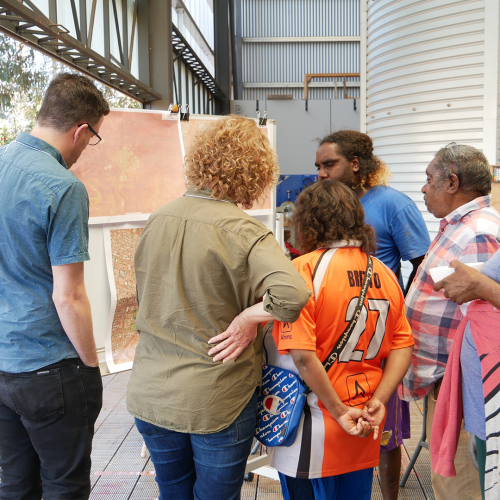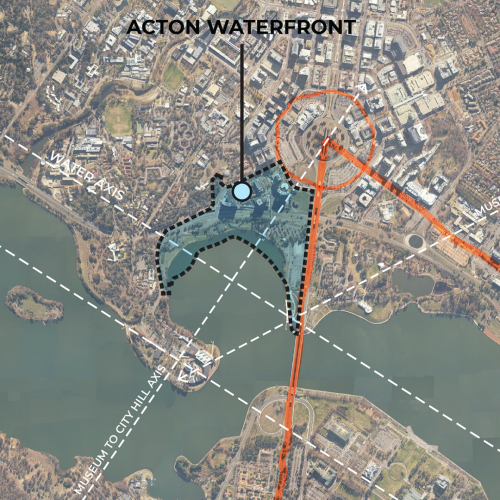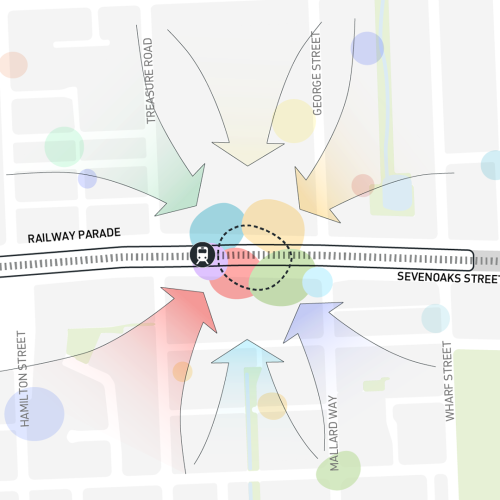City of Vincent ‘Link and Place’ Guidelines
- Client:
- City of Vincent
- Location:
- City of Vincent, Western Australia Whadjuk Noongar Country
- Awards:
-
AILA WA Landscape Architecture Awards - Landscape Planning Award - 2024
PIA WA Awards for Planning Excellence - Community Wellbeing & Diversity Commendation - 2024
PIA WA Awards for Planning Excellence - Climate Change & Resilience Commendation - 2024
How do we make streetscapes safer and more comfortable? How can we reimagine busy streets to be more pedestrian-friendly and replace the vehicle-first approach of the past with a people and place-centred approach?
These are core issues within the City of Vincent, a local government area encompassing several vibrant inner-city suburbs in Perth. To support and implement their Accessible City Strategy, the City commissioned the Vincent ‘Link and Place’ Guidelines, a process led by Hames Sharley urban designers and planners in collaboration with partners UDLA for landscape and arborist advice and ARUP for transport planning.
Essentially, the report adapts internationally renowned ‘link and place’ streetscape design methodology to local contexts. The vision was to increase the quality of life with a humanised approach and to be at the forefront of supporting sustainable transport and communities. Thinking about the street experience for people pushing prams or in a wheelchair; those cycling for recreation or to commute; and considering e-scooters/bikes plus the range of ages and life stages were important aspects of the Guidelines development.
The team undertook ‘walkshops’ in the City’s six town centres to discuss and explore the street typologies and ground truth the experiences of all types of users. The Guidelines seek to reallocate space to prioritise people, applying best-practice principles such as encouraging tree canopy and elevating pedestrian/cyclist experience according to the typology and emphasis desired.

For Hames Sharley, the project demonstrates the power of a holistic approach to decades-old challenges. Collaboration across engineering, parks, landscape, place and planning teams within the City is acknowledged as central to transitioning the form and function of streets to reflect the Guidelines. Design responses that encompass all users create outcomes that encourage active transport and attractive, comfortable streetscapes.
For a progressive community like the City of Vincent, the results create a stronger sense of ownership by its citizens who have renewed space to walk, ride, play and dwell within their neighbourhood, meaning they are proud to live there, enjoying the area and staying for generations.
The project’s success demonstrates that with progressive thinking across disciplines and healthy partnerships with government and community, change can be achieved.










